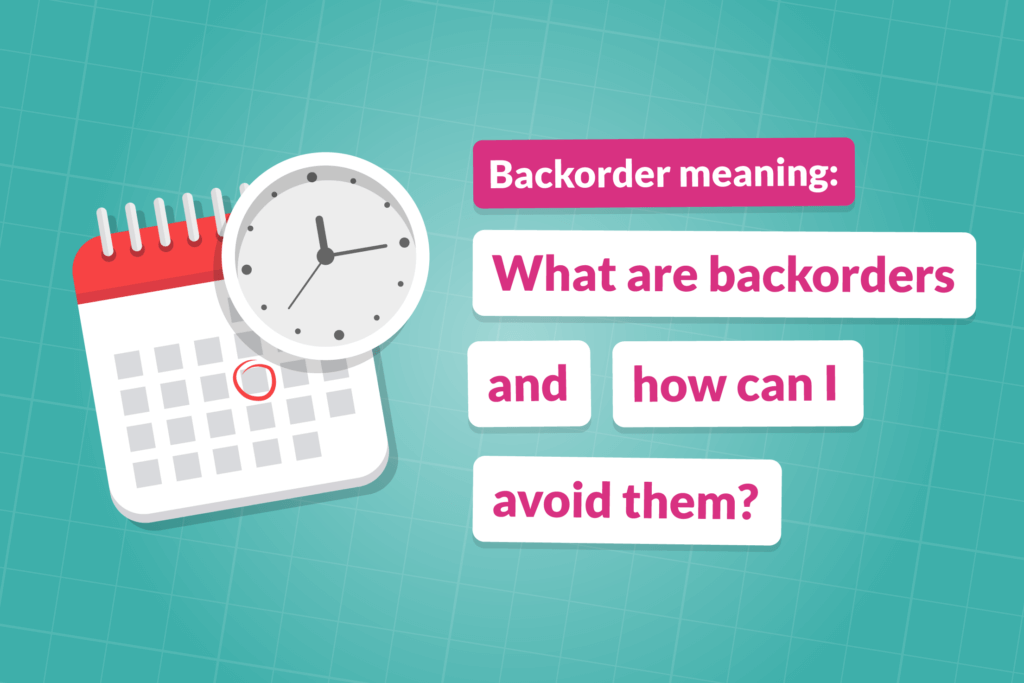We’ve all been there. A product you just need to have right now, but it’s on a backorder. It’s frustrating, annoying, and chances are, you’re going to head to another online store that can get the product in your hands sooner.
Backorders are a fairly common issue for eCommerce stores. They send customers away, prevent them returning, and cause them to question your reliability as a seller.
That’s why, if you’re selling goods online, you want to avoid backorders wherever possible. Thankfully, with good inventory management and a solid understanding of stock, you can significantly reduce the amount of time your products are on backorder status.
In this article
What is a backorder?
When an item is on backorder, it means that it isn’t currently in stock but available for purchase. Think of it as a waiting list of sorts, where a customer will be sent their product as soon as it is back in stock, at some point in the near future.
eCommerce businesses tend to put items on backorder when they’re likely to have new stock in the near future. They’re probably in conversations with suppliers, or new stock is currently being manufactured or in transit.
They’re almost certain that inventory will be replenished in the near future, and so can justifiable charge customers for their order with a guarantee that the order will be sent out as soon as inventory is topped up.
Backorder vs out of stock: what’s the difference?
The main difference between backordered and out of stock items is that a backordered item can still be purchased by the customer.
An eCommerce store usually has a date range in which a backordered item will be shipped to the customer, so while delivery time will be longer than the usual delivery promise, the customer can still expect to receive the order at a future date.
On the other hand, an item that is out of stock will not be available for purchase. This is usually because the business does not know when the item will be back in stock; perhaps they’re on the search for a new supplier, there’s a shortage of raw materials, or they’re no longer planning to sell the product.
An item being out of stock implies that it won’t be available for purchase in the near future.
Why do backorders happen?
Backorders happen for all sorts of reasons; some that are avoidable, and some that aren’t. Here’s the most common reasons for backorders:
Unpredictable demand
Perhaps you’ve had a post go viral on social media, or there’s been something in the news that has led to an unexpected increased demand for your products. While it’s great to have more interest in your product, a sudden spike in order volume can result in more sales than you have stock.
If this happens, you’ll need to put the products in question on backorder while you organise stock replenishment with your supplier.
Unreliable suppliers
No matter how good a relationship we build with our suppliers, sometimes they have problems. They might be struggling to get raw materials, having financial issues, or going through a particularly busy period.
If your suppliers can’t get the product to you in good time, you have little choice but to put affected products on backorder.
Inadequate safety stock
Safety stock is the amount of stock you have on-hand should emergencies occur, whether that’s supply chain issues, increased demand, and so on. The ideal amount of safety stock depends on how much product you sell, as well as lead time for the product.
If you have little to no safety stock in inventory, the chance of items being put on backorder is quite high.
Unclear stock levels
With today’s supply chain technology, eCommerce businesses have no excuses when it comes to inventory tracking and visibility. If you don’t track inventory levels accurately, you may end up in a situation where you’re selling stock you don’t actually have.
Often this means you’ll need to tell customers about a backorder after they’ve made a purchase, which for obvious reasons, isn’t great. You’ll probably need to offer them a refund, and it’ll reduce the likelihood of them shopping with you again.
Excessive lead times
The sooner you can replenish stock, the better. It’s difficult to avoid putting popular products on backorder if it takes you weeks or even months to replenish stock. Working with slow suppliers or using shipping routes that are prone to delays can result in a greater number of backorders.
Why it’s important to avoid backorders
In exceptional circumstances, backorders can be a good thing. They can build hype, create a sense of urgency, and even create FOMO, all of which create a recipe for social media and PR success.
But in most cases, you’ll want to avoid backorders. Here’s why.
Sales can slump
We’re living in a world where next-day and even same-day delivery is expected by many consumers. If you can’t meet that demand, potential customers will simply spend their money with someone who can.
If word on the street says that your competitors can deliver what you can’t, then you may find your business being left in the dust.
Customers won’t return
If customers see that your products are constantly under backorder status, you’ll quickly slip out of their minds. A poorly stocked online shop doesn’t fill a customer with confidence, and it can seriously harm your reputation.
Your aim is to have customers shop with you again and again, to build a relationship and loyalty, and encourage repeat custom. This is very hard to do when your items are consistently subject to long delays.
Increased customer service resources
A smooth user experience should take very little day-to-day work from your team. But, when products are in backorder, there’s a lot you need to do to keep customers onside.
Whether it’s regularly updating your website and point of purchase, notifying customers directly about further delays or updates, or dealing with customer enquiries, you’re going to spend a lot of time on customer service.
Having healthy stock levels means you can make better use of that time, whether it’s sourcing new products, building your brand, or networking with potential partners.
How to reduce backorders
Do you have too many backorders? Backorders happening too often? Here are some of the most effective ways to cut down backorders for your business.
Work with multiple suppliers
When choosing suppliers, it’s important not to put all of your eggs in one basket. By working with multiple suppliers, you can ensure that if one supplier becomes unavailable, you have alternatives to fall back on.
Calculate reorder points
A reorder point, or reorder level, refers to the time an eCommerce business makes an order with a supplier. It’s important to set and review reorder points regularly to ensure that stock is replenished in a timely manner, resulting in assured availability of your goods.
Put safety stock in place
Safety stock acts as a buffer against supply chain disruptions, supplier issues, and other external factors that can impact your logistics plan and result in delays. Setting a generous level of safety stock can keep backorders at bay, even if you need to burn through some of this stock should the unexpected happen.
Forecast demand
Demand forecasting can help you stay ahead of the game and allow for proactive rather than reactive stock management. You’ll need to have some historical data at your disposal to forecast demand accurately, which means that demand forecasts are only effective when you’ve been trading for some time.
Put more inventory in storage
If you find yourself putting products on backorder often, the likelihood is that you aren’t ordering enough product from your supplier. While it’s important to strike a balance between having enough stock to meet demand without overpaying on storage costs, it’s better to pay a little more on storage than have your reputation and cash flow be at risk due to regular backorders.
Outsource to a 3PL
Most of the time, backorders happen due to poor inventory management. If you’re fulfilling orders in-house, it’s unlikely that you have the technology and infrastructure to track and manage inventory effectively. Equally, you probably don’t have the time to improve inventory management because you’re too busy with the order fulfillment process.
A 3PL can fix both of these problems. Firstly, you’ll no longer have to worry about storing, picking, packing, and shipping your orders to customers. Simply send your SKUs to a 3PL, integrate your shopping channels with their inventory management platform, and let them take care of all aspects of fulfillment.
3PLs can also help you to hugely improve inventory management with inventory analysis tools. At James and James, our award-winning platform, ControlPort, provides you with all the information you need to set adequate safety stock, set up reorder points, reduce wastage, optimise costs, and so much more.
Eliminate backorders with James and James Fulfilment
Say goodbye to regular backorders and hello to business growth by partnering with James and James Fulfilment. Founded in 2010, we’re an industry leader in eCommerce fulfillment, with a network of fulfillment centers across the UK, EU, and US, with more on the way.
We specialise in helping eCommerce brands of all sizes improve their bottom line, delight their customers, and reach new heights by combining quick, accurate fulfillment with our sophisticated inventory analysis software, ControlPort.
What’s more, if backorders do happen, we’ll ensure that your orders are sent out as soon as they’re back in stock, mitigating the impact backorders have on your customer relationships.
To learn more about how we can help your business grow, fill in one of our online contact forms or give us a call on +44 (0)1604 801 915.

 UK - English
UK - English
